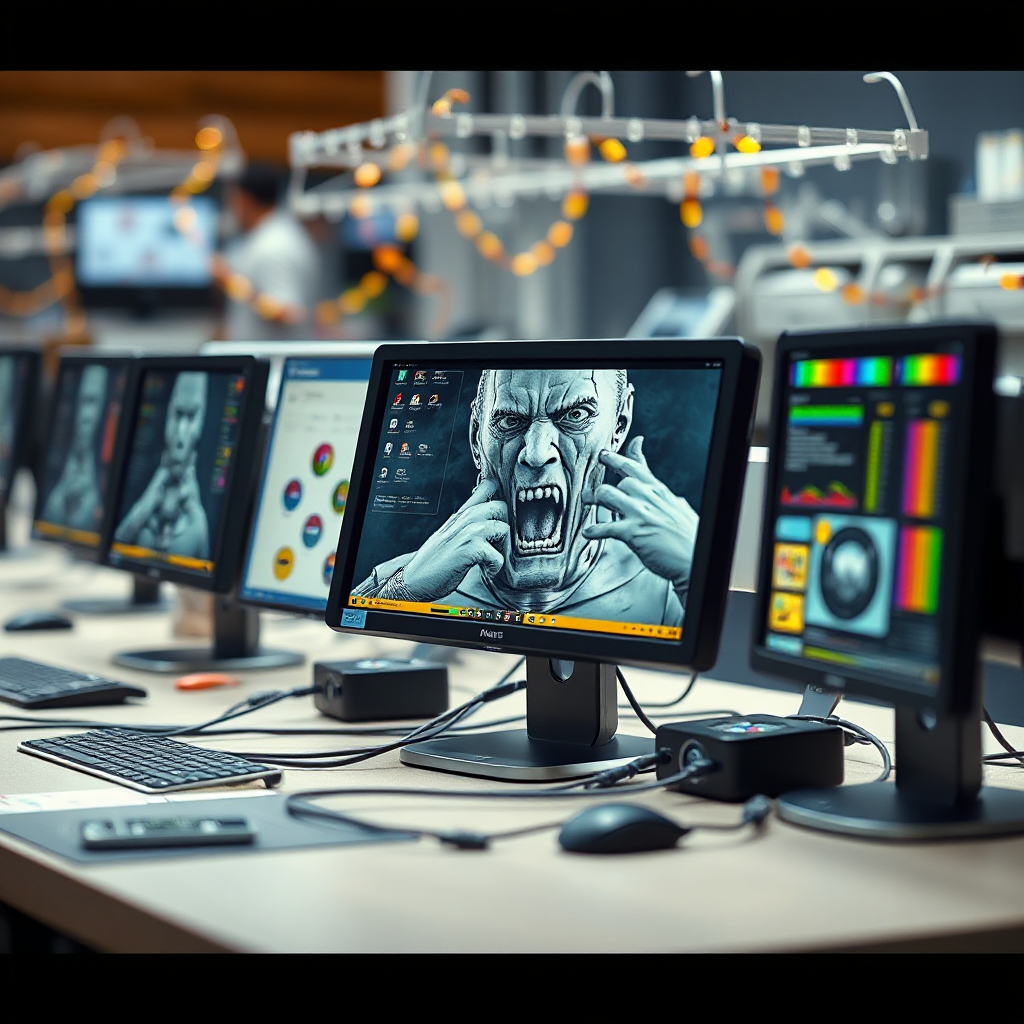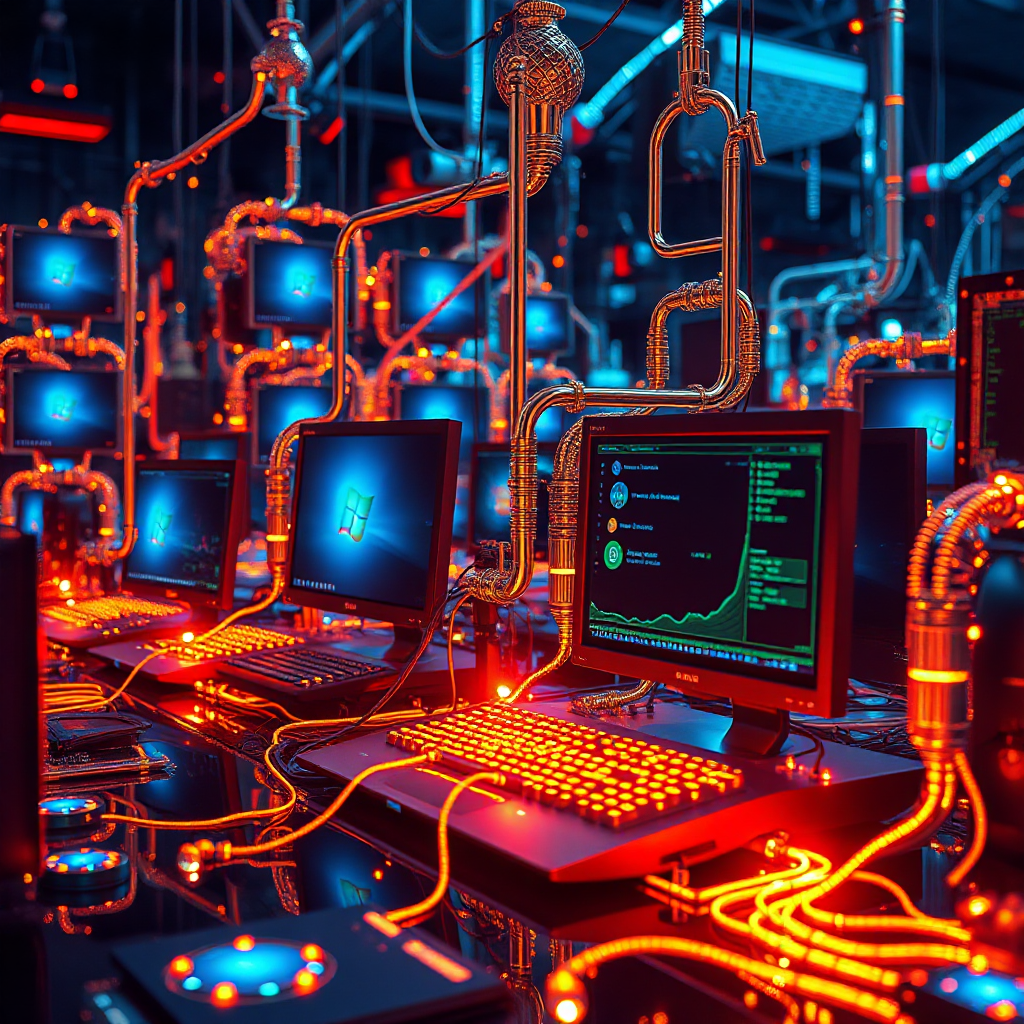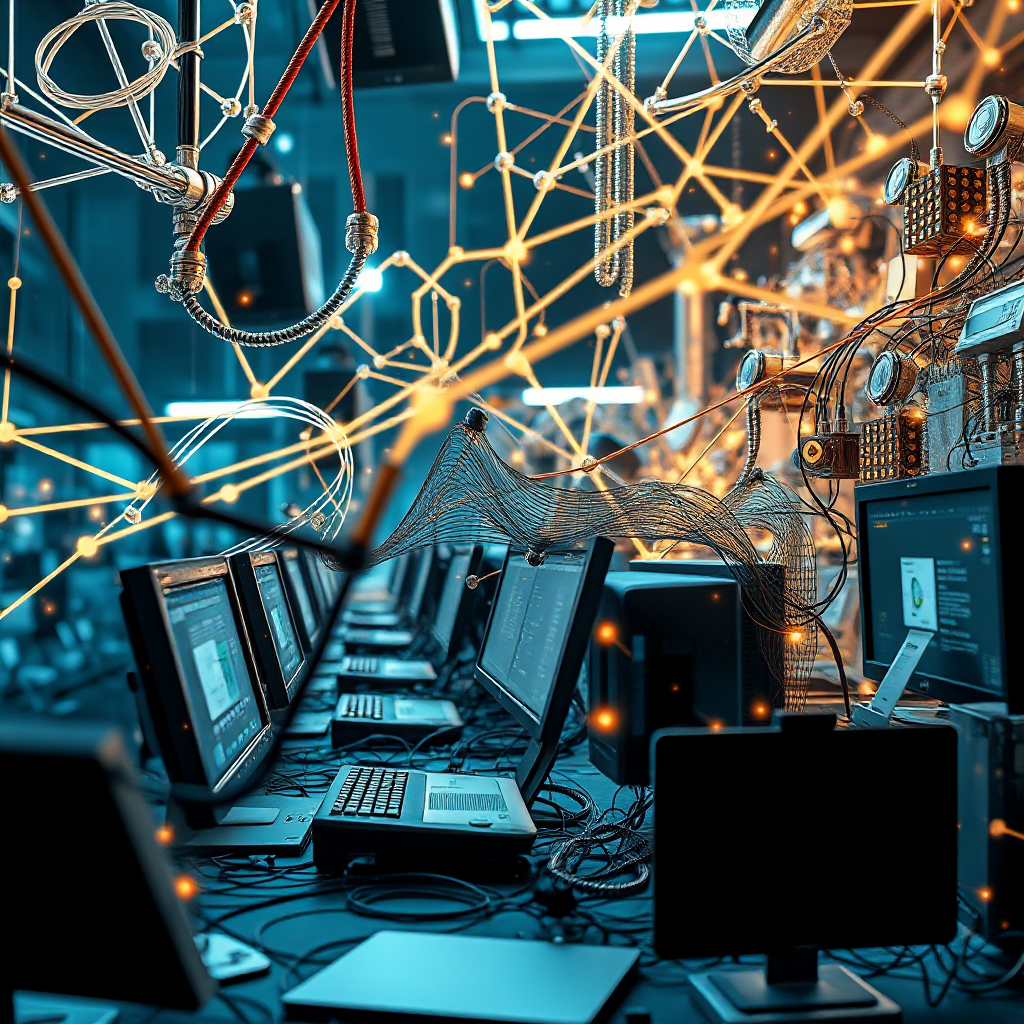
Artificial Intelligence (AI) is quietly transforming the way our cities work and feel, making urban life smoother, safer, and more sustainable as we move through 2025. With city populations swelling-nearly 70% of people are expected to live in urban areas by 2050-governments are turning to AI to address challenges like traffic jams, pollution, strained infrastructure, and the need for better public services.
When AI teams up with the Internet of Things (IoT), cities gain the ability to gather and act on real-time data from all around us. This means everything from traffic lights to emergency alerts can respond instantly to what’s happening on the ground, helping keep people safe and cities running efficiently.
Next-Level Connectivity and Everyday Impact
One of the standout innovations this year is the pairing of AI with advanced 5G networks. These ultra-fast connections allow thousands of devices-think self-driving cars, smart streetlights, and pollution sensors-to communicate in real time. AI sifts through the constant flow of information, adjusting traffic patterns, managing energy use, and sending out alerts as needed. The result? Quicker commutes, lower emissions, and a city that feels more responsive to its residents’ needs.
AIoT: The Smart City’s Nervous System
This blend of AI and IoT, known as AIoT, is becoming the backbone of city operations. For example, AI can predict when a water pipe or bridge needs repair, helping cities fix problems before they cause disruptions. In the energy sector, smart grids use AI to balance supply and demand, making it easier to integrate renewable sources like solar and wind while keeping the lights on for everyone.
Invisible AI: Smarter Cities Without More Gadgets
A major leap forward in 2025 is the rise of “invisible AI.” Instead of installing more cameras or sensors, cities are using AI to analyze the data they already have-traffic flows, weather updates, even social media chatter-to spot issues before they escalate. This lets city officials act quickly, whether it’s preventing a traffic jam or responding to an emergency, all without adding intrusive technology.
Digital Twins: Testing Ideas Before They Go Live
Another exciting development is the use of AI-powered digital twins-virtual models of entire cities. Planners can simulate changes to public transport, energy systems, or emergency responses in a risk-free digital environment before rolling them out in real life. This helps ensure new solutions actually work and keeps disruptions to a minimum.
Putting People at the Center
As AI becomes more central to city life, new rules and frameworks are emerging to protect privacy and ensure technology serves everyone fairly. The most successful smart cities are those that encourage collaboration-not just between governments and tech companies, but with the people who live there. After all, technology should make life better for everyone, not just make cities more high-tech.
Looking Ahead: Everyday Benefits for City Dwellers
Imagine a city where public services are tailored to your needs, eco-friendly transport is the norm, and air quality is monitored in real time to keep communities healthy. These aren’t far-off dreams-they’re becoming reality today. The key to unlocking even more potential is working together: city leaders, businesses, planners, and residents all have a role to play.
In the end, the rise of AI in our cities isn’t just about gadgets and data-it’s about making urban life more livable, resilient, and inclusive. The cities of tomorrow are taking shape right now, with AI quietly laying the groundwork for places where everyone can thrive





